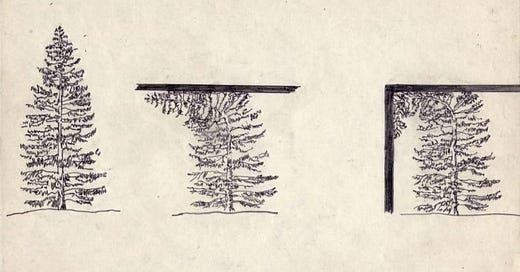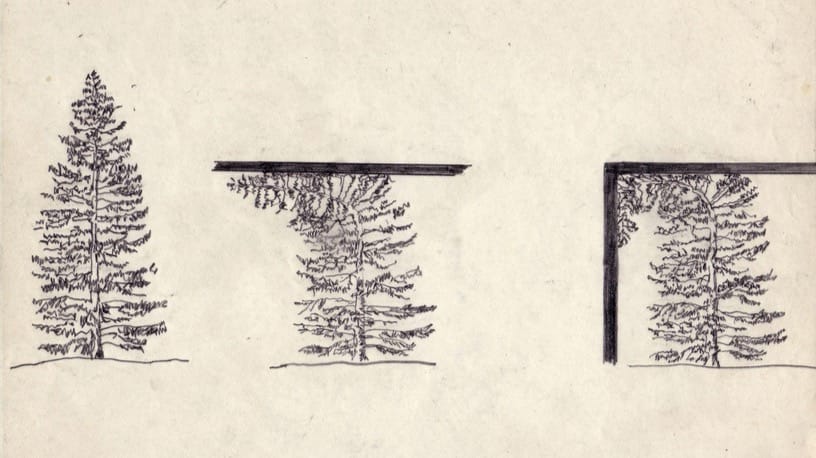Seeing through design, Part II: Breaking out of the box
What other ways can designers imagine the future, besides through technology?
This is part two of a two-part series on how the design industry sees the future. You can find part one here.
Keep reading with a 7-day free trial
Subscribe to Otherwise to keep reading this post and get 7 days of free access to the full post archives.





